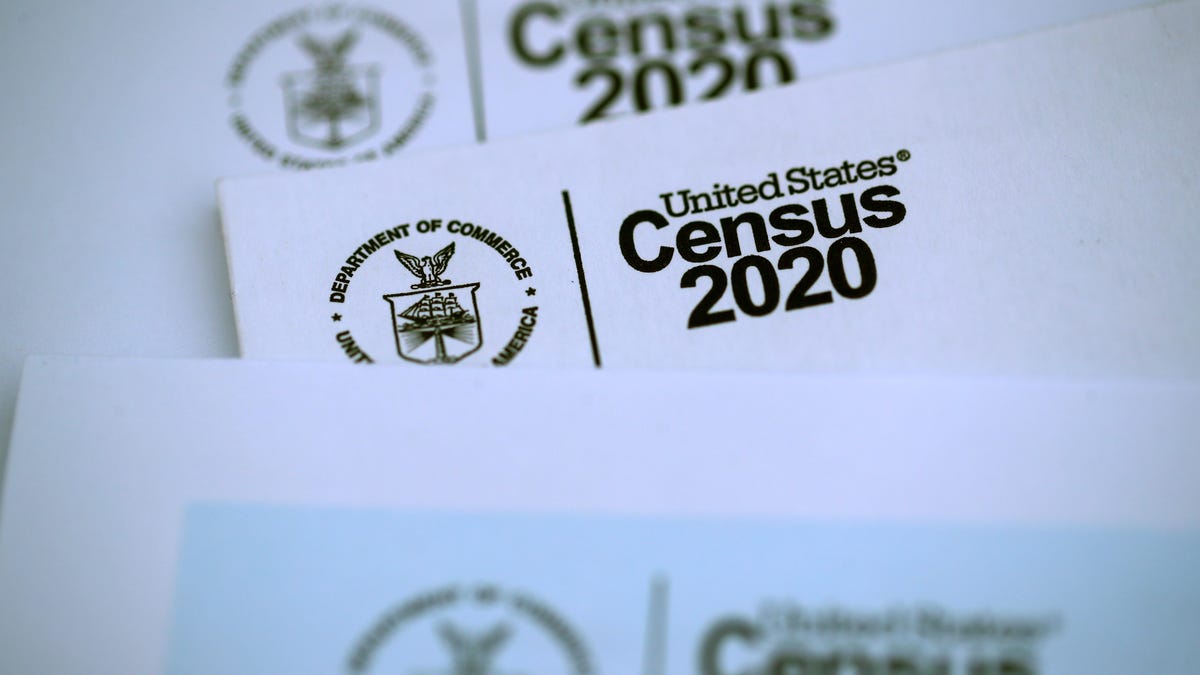US releases 2020 census data, revealing increase in diversity
Among other key findings, the number of Americans identifying as multiracial increased 276% since 2010.

The US Census Bureau released the results of the 2020 Census on Thursday, offering an updated look at changing demographics within the population at large.
Released every 10 years and mandated by Article 1, Section 2 of the Constitution, America's census data plays a pivotal role in determining things like federal funding, congressional districts, broadband service maps and more. It also provides an up-to-date look at America's racial and ethnic makeup.
Key findings include a dramatic jump in the number of respondents who identified as multiracial, which surged from 9 million in 2010 to 33.8 million in 2020, an increase of 276%. The number of respondents identifying solely as white decreased by 8.8% over that same span, but that still represents the majority of Americans, at 204.3 million people, or 235.4 million when you add in respondents who identified as white in addition to another race or races. The total population of the US is now about 332.6 million, according to the Census Bureau's population clock.
Americans identifying as "Some other race" alone or in combination with other selections made up the second largest grouping, at a total of 49.9 million. That's an increase of 129% over 2010, and enough to surpass Black or African American-identifying respondents (46.9 million) as the second largest racial demographic.
The Census Bureau urges some degree of caution when comparing demographic numbers to the data from 2010, as the bureau made a number of recent updates to its methodology for asking respondents about race.
"The improvements we made to the 2020 Census yield a more accurate portrait of how people self-identify in response to two separate questions on Hispanic origin and race, revealing that the U.S. population is much more multiracial and more diverse than what we measured in the past," explained Nicholas Jones, director and senior advisor for race and ethnicity research and outreach at the Census Bureau.
On the geographic side of things, Los Angeles County remained America's most populous county, with more than 10 million residents, while New York City remains America's most populous city, with 8.8 million people. A majority of America's metro regions, 312 out of 384, saw population increases between 2010 and 2020, with the fastest growth coming from The Villages, Florida, where the population shot up by about 39% over the past 10 years. The largest declines came from Pine Bluff, Arizona, and Danville, Illinois, which saw 10-year population drops of 12.5% and 9%, respectively.
You can find the full report and its other key findings on the Census Bureau's website, along with an interactive visualization tool to help you sift through it all.

